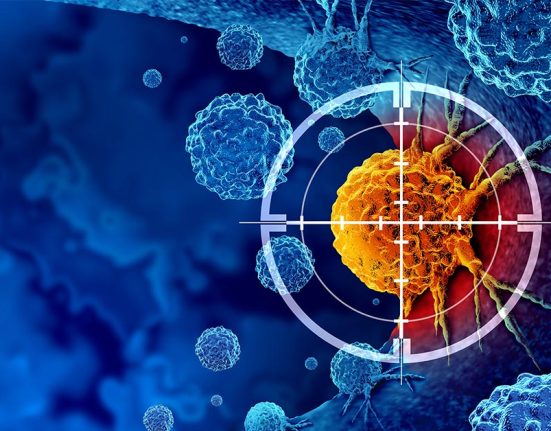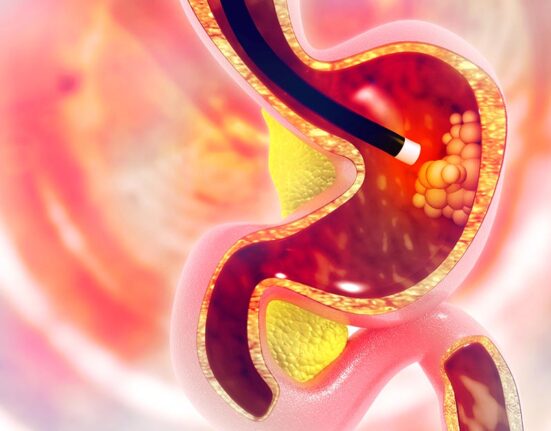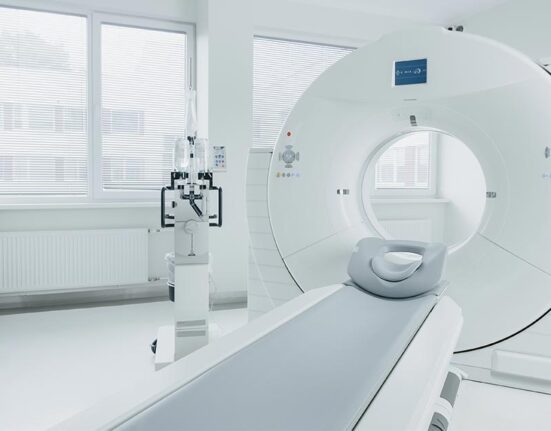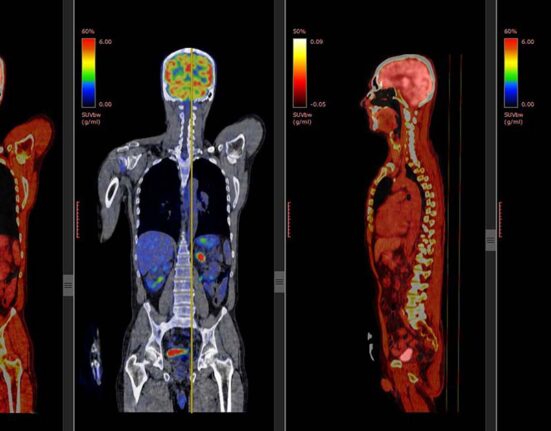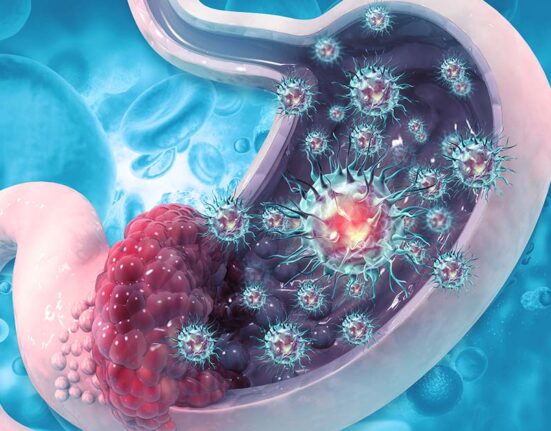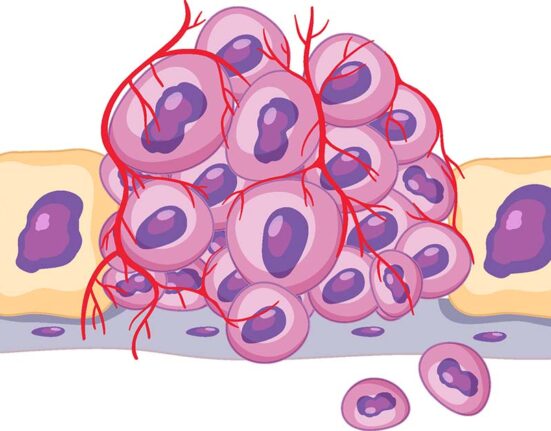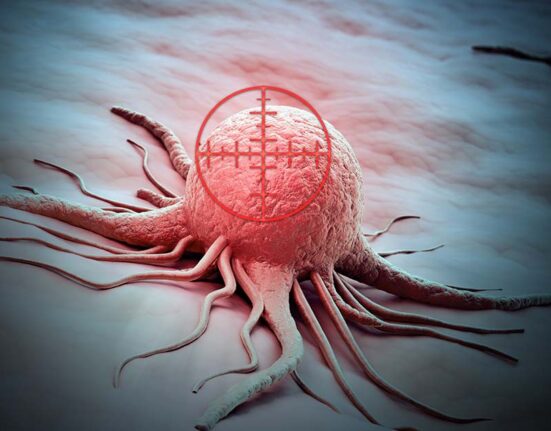A malignant neoplasm is a cancerous tumour. It has the potential to invade nearby tissues and spread to other parts of the body, a process known as metastasis. Malignant neoplasms are characterized by their ability to grow rapidly, disrupt normal tissue architecture, and potentially pose serious health risks.
Unlike benign neoplasms, which are non-cancerous and do not spread, malignant neoplasms are more aggressive and can have significant health implications.
Is Malignant Neoplasm A Cancer?
Yes, malignant neoplasms are cancerous. The term “cancer” is often used interchangeably with “malignant neoplasm” to describe the same pathological phenomenon. It is important to recognize that cancer is not a single disease but a diverse group of diseases that can affect virtually any organ or tissue in the body.
What Are The Types Of Malignant Neoplasms?
Malignant neoplasms can manifest in various forms, each with its own distinct characteristics and behaviors. Some of the most common types include:
- Carcinomas: These arise from epithelial tissues, such as the skin, lining of organs, and the lining of blood vessels.
- Sarcomas: These originate from connective tissues, including bone, muscle, and cartilage.
- Lymphomas: These affect the lymphatic system, which is part of the immune system. They can often be felt as lumps in the neck, armpit, or groin.
- Leukemias: These involve the blood and bone marrow, where abnormal white blood cells proliferate uncontrollably.
- Myelomas: These form in the immune cells of the bone marrow.
Who Is at Risk of Malignant Neoplasm?
According to the National Cancer Institute, research has shown that certain risk factors may increase a person’s chances of developing cancer.
The risk of developing malignant neoplasms may be influenced by a combination of genetic, environmental, and lifestyle factors. While cancer can affect people of all ages and backgrounds, certain risk factors increase susceptibility:
- Age: The risk of cancer increases with age, as genetic mutations accumulate over time.
- Genetics: A family history of cancer may elevate the risk.
- Tobacco and Alcohol: Smoking and excessive alcohol consumption are linked to various types of cancer.
- Exposure to Carcinogens: Occupational exposure to chemicals and radiation can contribute to cancer development.
What Are The Symptoms of Malignant Neoplasm?
Symptoms of malignant neoplasms can vary greatly depending on the type and location of the tumour. Common signs include:
- Unexplained weight loss.
- Fatigue.
- Persistent pain.
- Shortness of breath
- Abnormal lumps or bumps.
- Unusual bleeding or discharge.
It’s important to note that these symptoms can also be caused by non-cancerous conditions. However, if you experience any persistent or concerning symptoms, it’s recommended to consult a healthcare professional for a proper evaluation and diagnosis. Early detection of cancer may significantly improve treatment outcomes.
What Are The Causes of Malignant Neoplasm?
Some common factors that contribute to the development of malignant neoplasms include:
- Genetics.
- Obesity.
- Smoking or tobacco use.
- Excessive alcohol.
- Radiation exposure or certain chemicals that can damage DNA.
- Chronic Inflammation.
Is Malignant Neoplasm Curable?
With appropriate treatment, malignant neoplasms may be curable. Early detection is key to receiving timely treatment.
Protect against cancer, cardiovascular disease, and other chronic diseases with regular health screening. Compare and shop for health screenings from Singapore and regional healthcare providers at a single convenient platform - shop.health365.sg
This article is informative only and is not intended to be a substitute for professional medical advice, diagnosis, or treatment, and should never be relied upon for specific medical advice.








